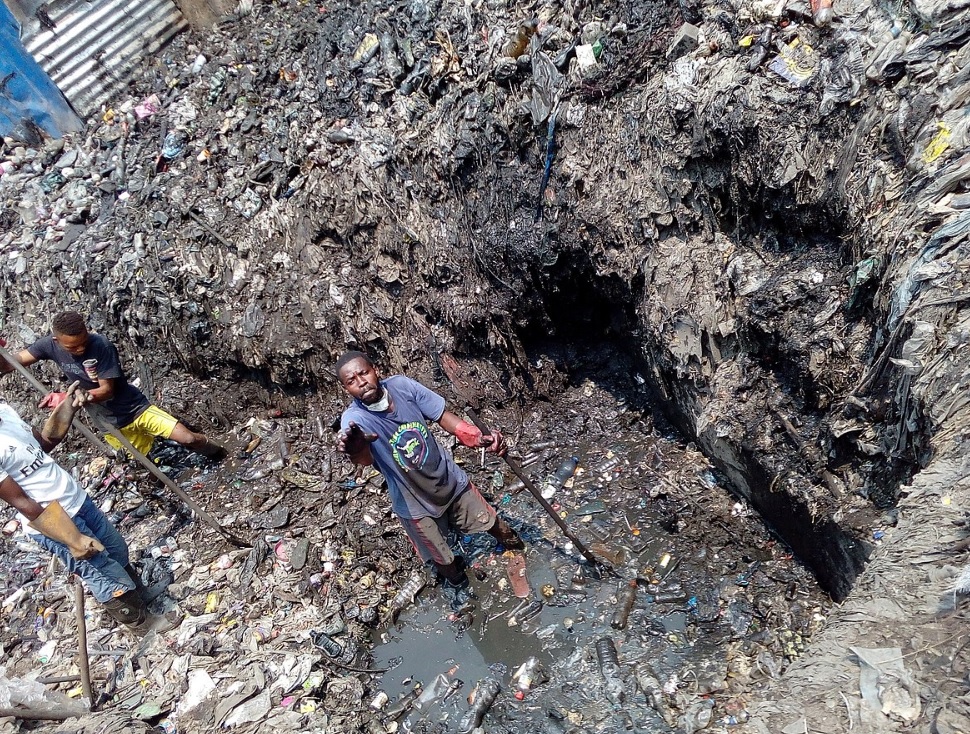Global banks give joint effort to improve sanitation for Lusaka’s low-income suburbs

- Country:
- Zambia
The African Development Bank has partnered with the World Bank, German Development Bank and European Investment Bank to work on citywide sanitation services in Zambia’s capital, Lusaka by 2035. The works form part of the USD 243 million Lusaka Sanitation Program that is expected to transform the lives of over a million residents in Lusaka by 2021.
The Lusaka Water and Sewerage Company says around 7,000 households in the George, Kanyama and Chawama suburbs of the capital will benefit from improved sanitation. The objective is to increase access to sustainable sanitation services to the city’s two million residents, especially low-income households, and strengthen LWSC’s capacity to manage sanitation services.
“Lusaka is a relatively flat city and suffers from a recurrent sanitation crisis that continues to claim lives through annual outbreaks of cholera, typhoid and dysentery. There is also persistent environmental pollution,” said Herbert Chinokoro, senior water and sanitation engineer at the African Development Bank’s Country Office in Lusaka, Zambia.
According to Chinokoro, an estimated of 70 percemt of Lusaka’s residents live in peri-urban areas, which are relatively high density, unplanned neighborhoods, largely comprising lower-income residents. About 90 percent of these townships rely on substandard pit latrines which pose health hazards to the communities. Others use sewers, septic tanks or defecate in the open.
Chinokoro said 57 percent of Lusaka’s water supply comes from shallow wells, which is prone to contamination from the pit toilets and through fissures in the underlying rocks. “The most vulnerable areas are the low-income neighborhoods, making sewerage an attractive sanitation option. Poor management of solid waste and storm water drainage further compound these problems,” he said.
Basically, the sewerage work is only the more visible part of an intense and person-to-person sanitation campaign in the townships The objective is to protect the groundwater from contamination by building improved toilets with fully lined substructures that prevent leakage of waste.










